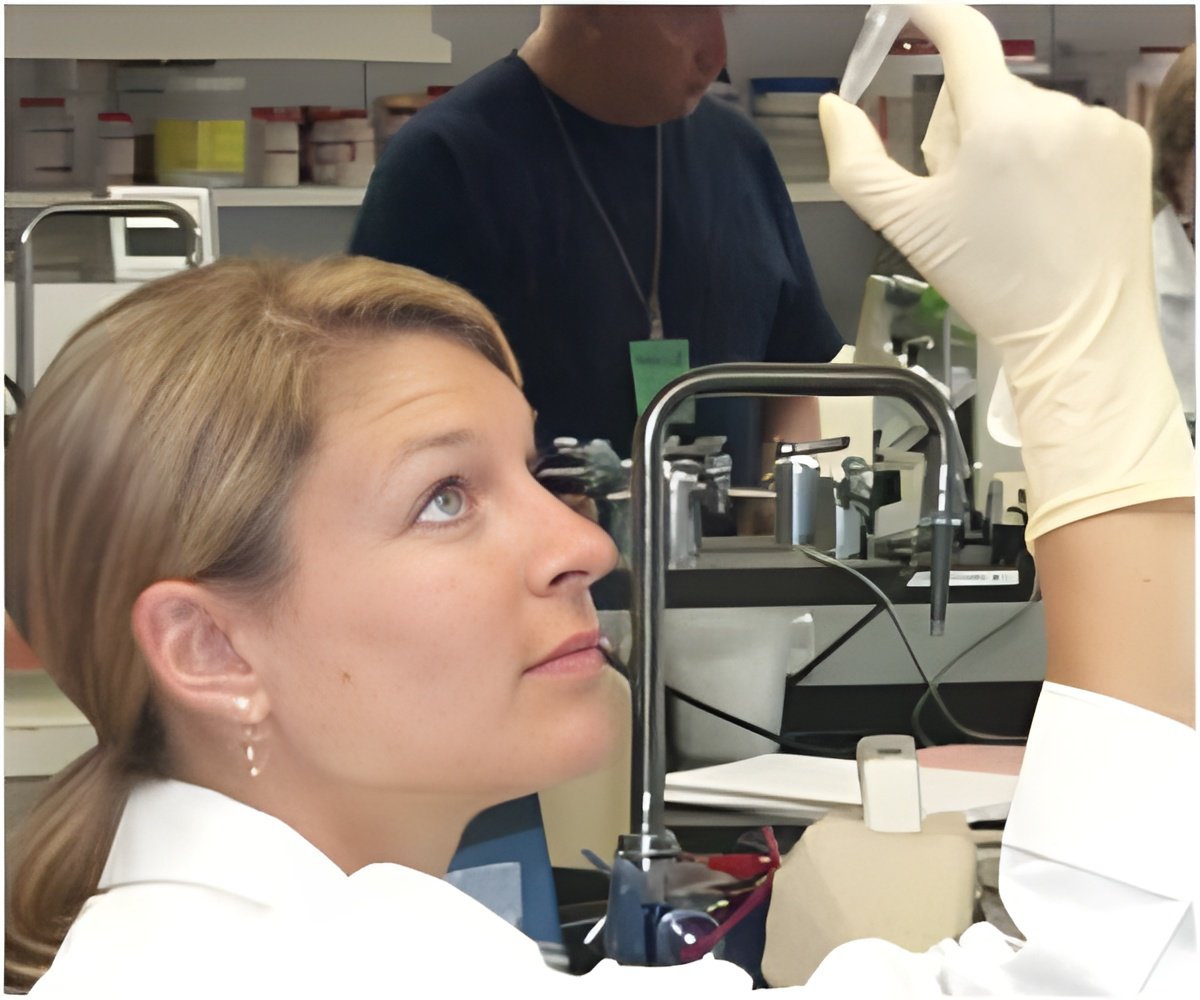The substance from a pine bark may actually be a potential source for a new treatment of melanoma, researchers have found

He said that cancer cells see treatment with a single drug as a road closure and use a detour or other roads to bypass the closure.
Penn State researchers may have solved this problem by identifying a drug that simultaneously creates many road closures.
The researchers screened 480 natural compounds and identified leelamine, derived from the bark of pine trees, as a drug that can cause this major traffic jam in the cancer cell's circuitry.
Leelamine could be the first of a new unique class of drugs that will simultaneously target several protein pathways. Researchers found that this drug shuts down multiple protein pathways, such as PI3K, MAPK and STAT3, at the same time in melanoma cells. Those pathways are involved in the development of up to 70 percent of melanomas. Protein pathways like these help cancer cells multiply and spread, so shutting them down helps kill the cells.
Leelamine works by shutting down cholesterol transport and its movement around the cancer cell.
Advertisement
The researchers showed the results of this unique drug on cells growing in culture dishes and in tumors growing in mice. Leelamine inhibited tumor development in mice with no detectable side effects.
Advertisement
Source-ANI














